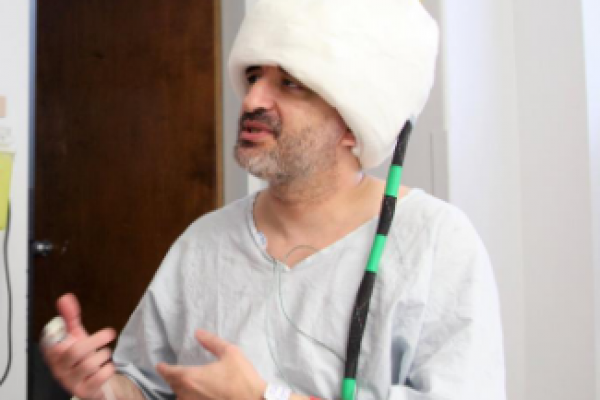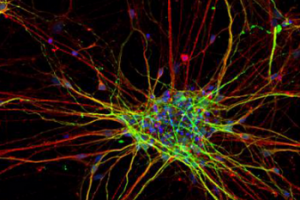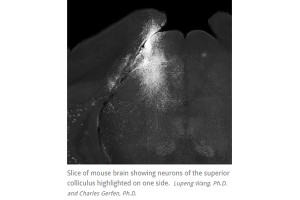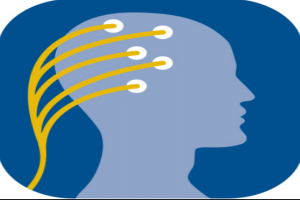Inducing seizures to stop seizures
Surgery is the only way to stop seizures in 30 per cent of patients with focal drug-resistant epilepsy. A new study finds that inducing seizures before surgery may be a convenient and cost-effective way to determine the brain region where seizures are coming from.
Surgery is the only way to stop seizures in 30 per cent of patients with focal drug-resistant epilepsy. A new study finds that inducing seizures before surgery may be a convenient and cost-effective way to determine the brain region where seizures are coming from.
Epilepsy patients awaiting surgery often stay in hospital for one to two weeks under medical observation for the recording of seizures. By recording the source of the seizure, doctors can know what part of the brain to operate on to stop future seizures. This stay can be extremely inconvenient for patients and expensive for health care systems.
In approximately 20 per cent of patients, electrodes have to be inserted directly into the brain. Patients with inserted electrodes often undergo cortical stimulation, a procedure that applies electrical current to the brain to map brain function but also to induce seizures for better understanding of the epileptic network. So far, no study systematically addressed whether relying on induced seizures to plan the surgery is as effective as relying on spontaneous seizures.





Related Posts